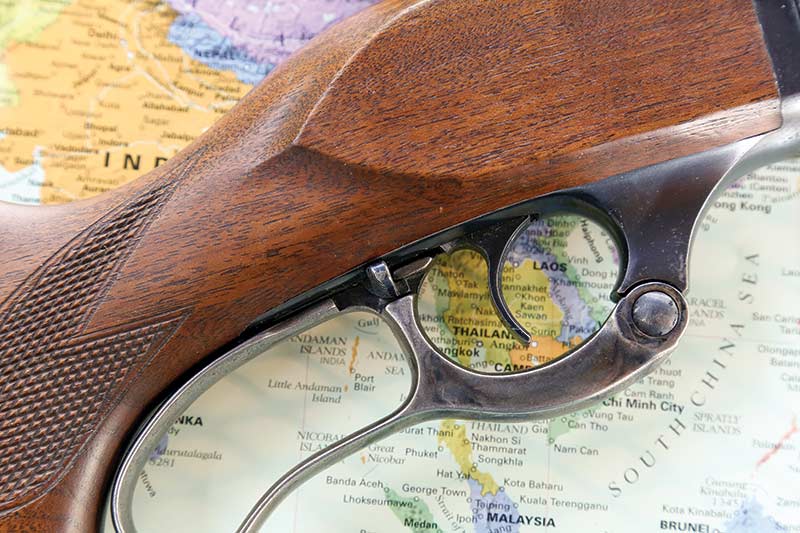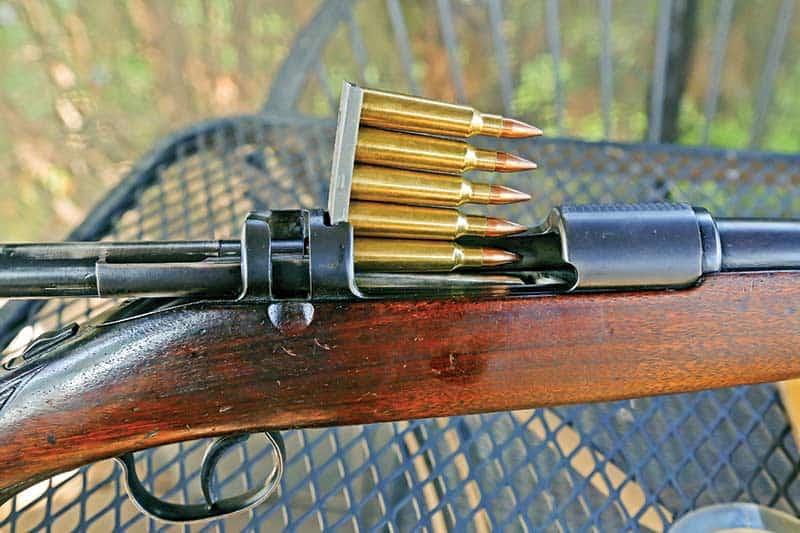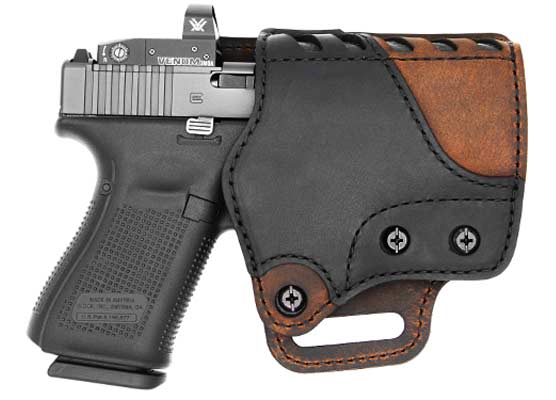The Rifles of Adventure
Man-Eating Tigers Or Elephants, Anyone?
The era from around 1895 into the 1920s was a time when anyone with spirit and ambition could go pretty much anywhere without much government interference. It was a time when much of the world was still relatively unexplored. Some of these men were explorers, some were hunters and some were just restless adventure seekers.
A Troupe
Charles Sheldon was a hunter, explorer, naturalist. He is considered the “father” of Denali national park and wrote several books of his adventures in the north, notably The Wilderness of the Denali. For big game hunting, he used just one rifle: a custom by W.J. Jeffery built on a Dutch 1895 Mannlicher action made by Steyr and chambered 6.5×53, called by Sheldon the “.256.” Featuring a ribbed barrel with three folding leaf sights marked 1 – 2 – 3, it predated the famous 1903 Mannlicher-Schoenauer version using an en-bloc clip rather than the later Schoenauer rotary magazine.
William Douglas Burden was born into great wealth. Rather than live a life of ease and indulgence, he chose hard work and adventure. His hunting trips were strenuous and self-sufficient, often involving great hardship. Burden was another Mannlicher fan, most often a Mannlicher-Schoenauer 1910 in 9.5×56 MS. He also used a Mauser 9×57 and a lever-action .30-30 carbine but the 1910 was his favorite, used from Alaska to Nepal to China with considerable success.
F.J. Defosse was considered the best shot in his French regiment. He left the military around 1905 at age 24 and spent the rest of his life hunting and guiding in Indo-China. From what I have read, he used just one rifle, a Lebel 8x50R with a 31.5″ barrel. By 1923, he had used it to collect 98 elephants and 45 tigers. His clients included W.D. Burden who considered Defosse the finest shot he had ever seen.
Percy Fawcett was a British explorer who led seven expeditions in South America commencing in 1906. From his last expedition in 1925, he never returned and no conclusive evidence of his fate is known.
American naval officer Robert Peary led several exploration trips to the Arctic and claimed to have reached the North Pole in 1909. Both Fawcett and Peary were extraordinary men who were primarily explorers rather than hunters and chose the light, compact Winchester 1892 carbine in .44 WCF.
Wild Asia
Author and paleontologist Roy Chapman Andrews led several expeditions into Mongolia in the 1920s. His rifles included Savage 1920 and 1899 models in .250-3000 and .300 Savage, apparently supplied by Savage to support the expeditions. Much of the shooting in Mongolia was for food. Not all, though. In 1917, Andrews and a companion were driving in the wilds of Mongolia when they were fired on by five men from a rocky overlook. They managed to get out of sight but then got stuck. Taking their rifles they hiked back to find the five brigands descending a cliff in order to find and finish them off. Andrews wrote how he and his companion each picked a target and shot them — his target took “a magnificent swan dive off the cliff” while the remaining three scarpered.
Andrews also used a Mannlicher rifle at times but it is clear the .250-3000 was a favorite as he appreciated the flat trajectory and high velocity of the Savage cartridge. He also respected its limitations. When hunting tiger in China with Harry Caldwell, he used a .405 Winchester model 1895.
Harry Caldwell, born and raised in Ohio and Tennessee, was a Methodist missionary in China from 1900–1944. Maneaters were common in rural China at the time and he realized he could gain trust by hunting dangerous tigers. He wrote to a brother in New York to buy the most powerful rifle he could find and ship it with a supply of ammunition to him.
What he got was a Savage 99 in .303 Savage, a cartridge very similar to the .30-30 Win. Caldwell, a superb athlete and marksman, made it work. Word of his exploits reached Savage Arms who sent him model 99s in .22 Hi Power and later in .250-3000, in exchange for using his stories to promote their rifles.
Ammo
For many of these adventurers, ammunition availability seems to have been a factor. Compact, lightweight ammunition meant more cartridges could be carried. Hence the choice of .44 WCF (.44-40), .256 Mannlicher (6.5×53 Mannlicher), .250-3000 and .300 Savage. The popularity of lever-action rifles and carbines such as the Winchester 1892 and Marlin 1894 I find particularly intriguing. A lever-action .44-40 carried an ample supply of ammunition, could be reloaded and fired rapidly, and was adequately powerful for defense against human attackers.
About the only change I would make today is to add rust resistance (stainless steel or a modern coating) and choose a widely available cartridge. I’d be quite content with a currently made Winchester or Marlin lever-action in .357 or .44 Magnum, a Ruger Scout rifle or Tikka T3X Arctic in either .308 Win. or 6.5 Creedmoor.
I’d also want a pass saying “This man is free to go anywhere in the world and take his rifles with him.”






